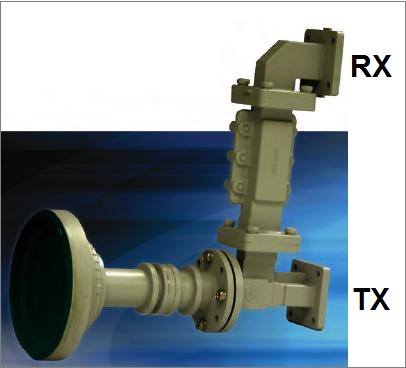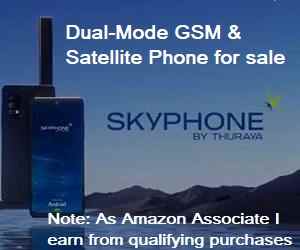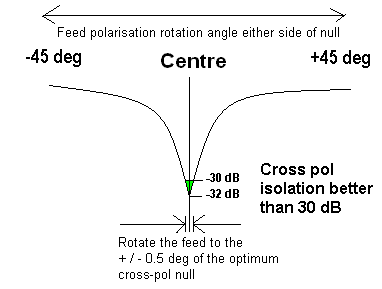If the receive quality improves when the TX cable is disconnected then bad connections may be the problem. The DC power current for the BUC may be coming back on the outer of the LNB cable, for example. You need to make sure that the inner and outer of all four F type connectors are perfect. The inner pin or end of the centre wire should stick out 2mm beyond the plug rim. When you push it in and screw together make sure the centre pin actually goes fully into the socket hole. There is a risk of the centre pin being pushed back into the cable. Perhaps smooth the end of the pin and twist the cable/pin gently as you insert it to make sure the pin is captured by the springs inside the socket.
The inside contact springs are vulnerable to overheating if the sping pressure is low, so a smear of silicone grease on the pin does no harm.
The outer braid connecton if the F types must be good.
The braid wires may be wrapped around.
Sealing tape to keep out moisture is essential and silicone grease helps also by excluding oxygen from the contact between the wire and metal parts.
If the receive quality is low when the transmitter actually operates (i.e. when a burst is transmitted there is a reduction of Eb/No or a burst of errors on the receive side) then there are two possible problems:
1. It is the same phenonena as above. The BUC takes more amps current when it transmits a burst and the extra return current amps on the outer of the LNB cable alters the DC supply to the LNB. Check the connectors.
2. You have either no transmit reject filter in front of the LNB (or, less likely, the wrong type transmit reject filter.) Some of the transmit power is getting into the LNB input and overloading it. Install the correct transmit reject filter in front of the LNB.
Poor cross-polarisation
Two possibilites:
Adjustment...
You have not rotated the feed to the correct angle. The cross polarisation null is very narrow and you need to turn the feed and set the angle to about 1 deg accuracy. It is difficult for the NOC hub to make the measurement and it may take them 15 - 20 seconds to make one measurement and get a reading like -24 dB You then need to make a tiny alteration and then wait till the next measurement is completed, say -20dB. In this case you have turned it the wrong way so need to go back. Make single small movements with long pauses in between for the NOC to react. Since we are dealing with such tiny rotation movements and the scale (if any) probaly has inadequate detail markings this adjustment process requires much patience. With a narrow feed throat tube, the rotational movements required are in the order of 0.5 mm at a time. Aim for the middle of a sharp -30 dB null.
One idea is to set the polarisation by calculation and use an accurate inclinometer rested sideways across the BUC or LNB.
Wrong assembly causing cross-pol problems...
There was a case recently where a transmit reject filter had been assembled with the 90 deg H plane waveguide bend between the OMT and the filter. For some strange reason this caused poor cross-pol performance. See here for the correct assembly for this partiular feed assembly.

Always follow the manufacturers design exactly. If the above does not refer to your particular hardware ignore this picture.
Dish size: If you really need a 1.8m dish to receive the outlink in Libya and are using a 1.2m dish then you will be operating in clear sky conditions with negligible link budget margin. Expect the service to fail during even slight rain, either rain at your site or rain at the hub teleport site. You are supposed to operate with a big margin in clear sky conditions so that the service will continute to operate when there is rain at either the teleport hub or at your site. If your transmit signal is not getting through to the hub try halving your transmit bit rate if possible.
Best regards, Eric.





